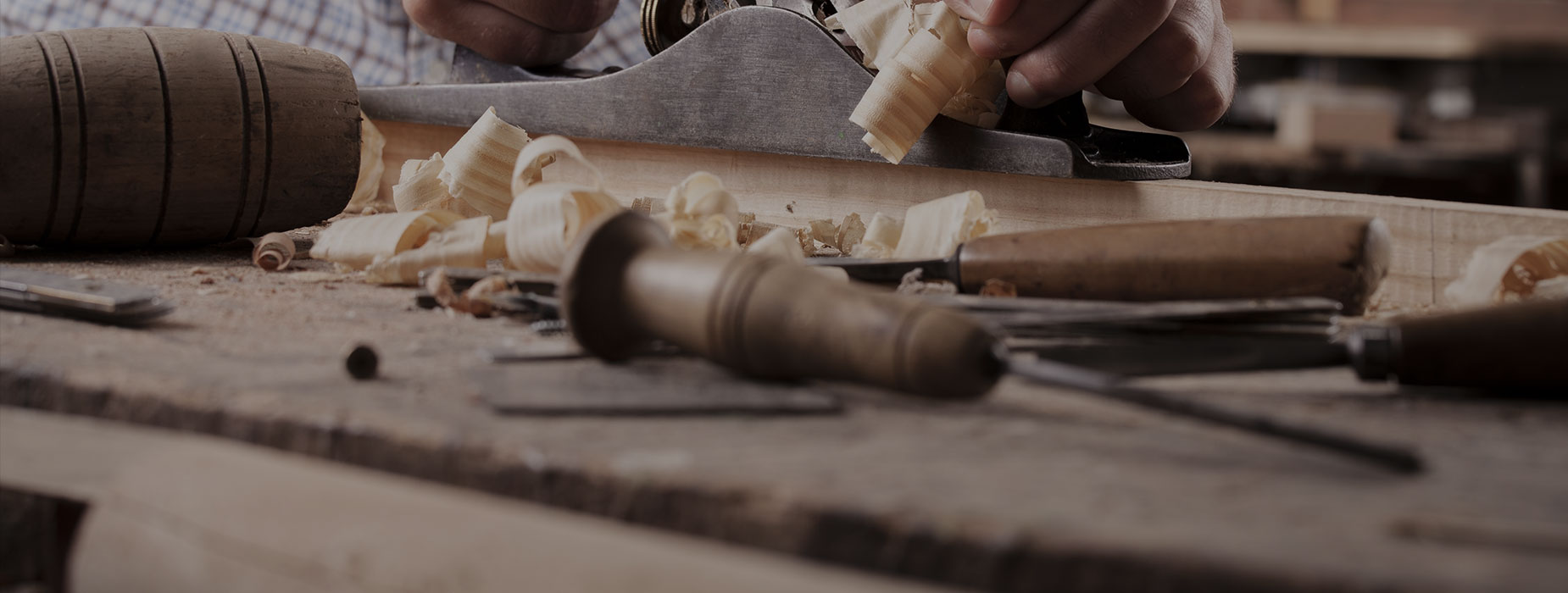
Our Services
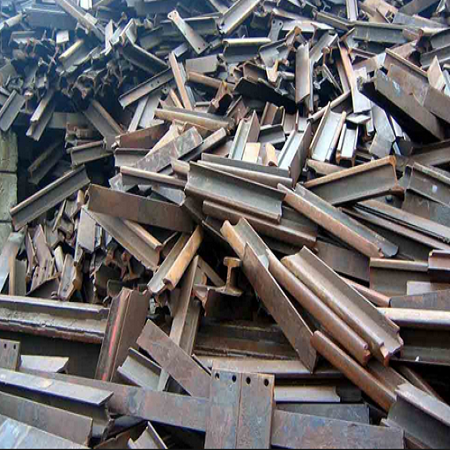
Scrap Steel
While iron ore remains the major raw material for steel production, discarded or re-used steel in the form of Scrap is the industry's secondary raw resource. The Indian steel industry is characterised by a significant number of small steel manufacturers who use scrap in combination with other inputs in EAF/IF to produce steel.

Ingot Steel
An ingot is a relatively pure piece of material, usually metal, that is cast into a shape that can be processed further. It is the first phase in the steelmaking process for semi-finished casting products.
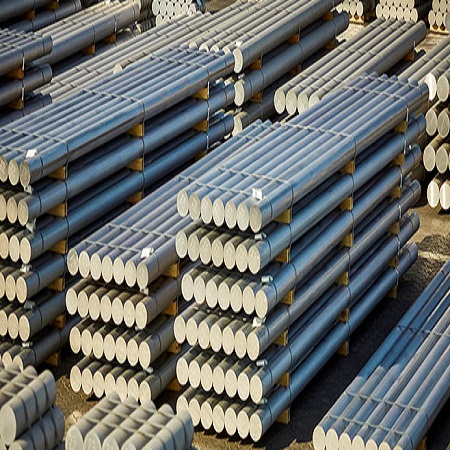
Billet Steel
A billet is a piece of metal having a round or square cross-section and a surface area of less than 36 square inches (230 cm2). Billets are made either directly or indirectly by continuously casting or extruding an ingot or bloom. Profile rolling and drawing are used to further process the billets.
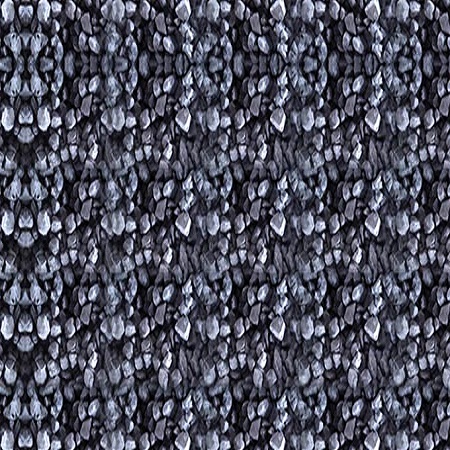
Sponge iron
Direct reduced iron (DRI), sometimes known as sponge iron, is made by reducing iron ore (in lumps, pellets, or fines) to iron using a reducing gas or elemental carbon derived from natural gas or coal. Many ores lend themselves to direct reduction.
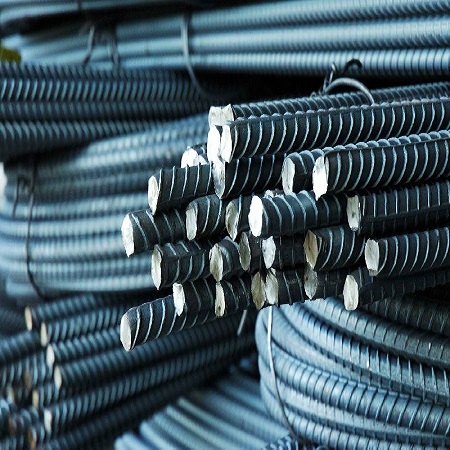
Tmt Sariya
TMT steel bars are steel bars that have undergone a special metallurgical procedure called ``Thermo Mechanical Treatment.`` The Bureau of Indian Standards has authorised these TMT bars for use in building and construction projects.
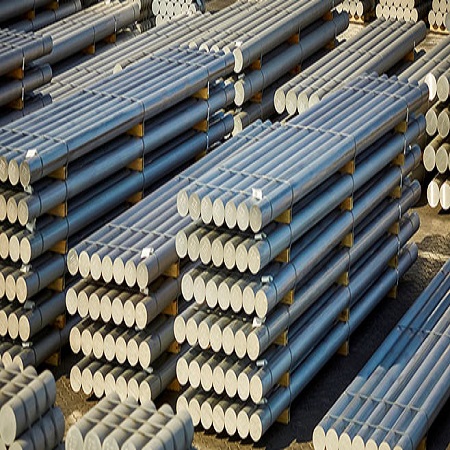
Billet Steel
A billet is a piece of metal having a round or square cross-section and a surface area of less than 36 square inches (230 cm2). Billets are made either directly or indirectly by continuously casting or extruding an ingot or bloom. Profile rolling and drawing are used to further process the billets.

Pig Iron
Pig iron is made by smelting iron ore (also known as ilmenite) with a high-carbon fuel and reductant, such as coke, and a flux, commonly limestone. Also utilised as a fuel and reductant are charcoal and anthracite. Smelting iron ore in blast furnaces or smelting ilmenite in electric furnaces produces pig iron.

Mill Basic
The primary classification for milling machines is mill orientation. Vertical and horizontal arrangements are the two most common.
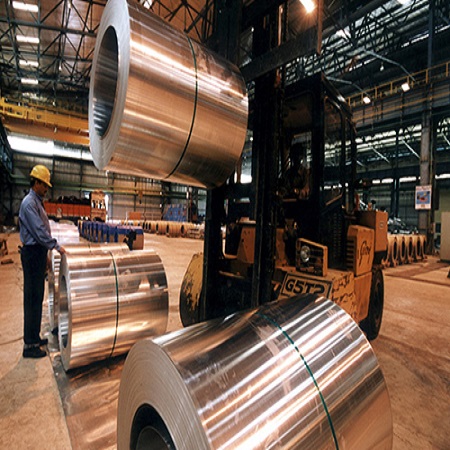
Finished Goods
Finished products are items that have gone through the production process or have been purchased in a finished state but have not yet been sold to customers. Merchandise refers to items that have been purchased in their finished state.
